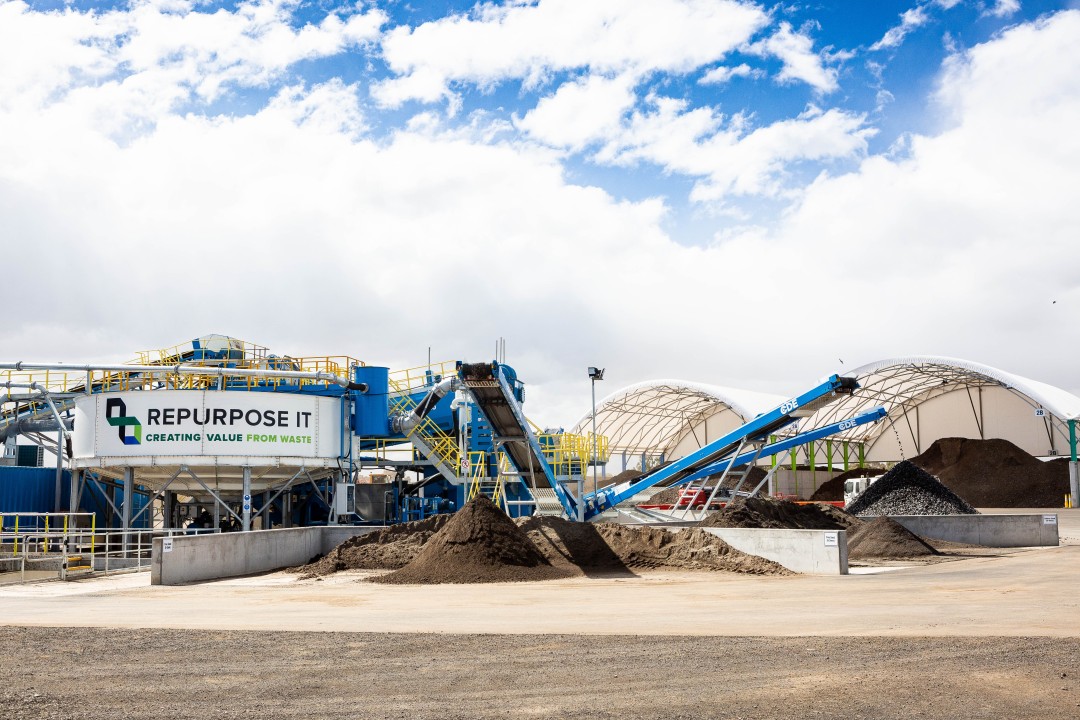
What your business needs to know about the plans for Victoria’s recycling infrastructure.
Despite a growing population and increased waste generation, infrastructure to facilitate resource recovery in Victoria has not mirrored this growth. With just 69 per cent of waste being recovered, the status quo is not sustainable for future generations.
Recognising the need for an immediate and sustainable investment in Victoria’s waste and resource recovery network, Infrastructure Victoria published Advice on Recycling and resource recovery infrastructure.
The report provides 13 recommendations for the Victorian Government on the infrastructure required to improve the current systems, forecasting a capital investment of between $800 million to $1.1 billion by 2039. The impact of these recommendations will trickle down, from all levels of government to the everyday production, consumption and waste habits of Victorian businesses.
These recommendations focus on six priority materials including plastics, paper and cardboard, glass, organics, tyres and e-waste. These materials when recycled and recovered have the potential to deliver the greatest benefit to Victoria.
Recommendations for the paper and cardboard, organics and glass sector that could impact your business
Paper and cardboard
Businesses dealing with paper and cardboard waste could expect to see improved mechanical sorting at recovery facilities and 600,000 tonnes of additional paper sorting and pulping infrastructure. From office printing paper to magazines and newspapers, end-of-life of paper and cardboard is expected to increase from 1.9 million tonnes in 2018 to more than 2.4 million tonnes in 2039, the recommended extra infrastructure will help process this growth.
Organics
In addition to households, the commercial and industrial sectors are considerable contributors to Victoria’s organic waste problem. If organic waste is part of your business, Victoria Infrastructure have recommended the establishment of additional dedicated material recovery centres as a step towards recovering more organic waste. With a recovery rate of just 42.3 per cent, there is a significant opportunity to divert these valuable resources from landfill through recovery centres like Repurpose It.
Glass
If your business produces glass waste there may be more potential to see this waste repurposed into high value material like glass sands through a greater investment in glass sand reprocessing facilities. In 2018, 33 per cent of glass waste was sent to landfill, the majority of which was made up of packaging glass (jars, bottles, containers), however, with these recommendations, this glass has the potential to be repurposed into glass sands for use in construction projects and engineering applications.
The responsibility of production
Infrastructure Victoria is also calling on businesses in the production of goods and services to take responsibility for the fate of their products. While packaging choices can be guided by a desire to attract consumers, the report recommends that producers consider the environmental cost of their waste. With a suggestion to work with the Australian Government and industry groups to update regulations around the sustainable management of products, we can expect businesses to be more involved in the lifespans of their products.